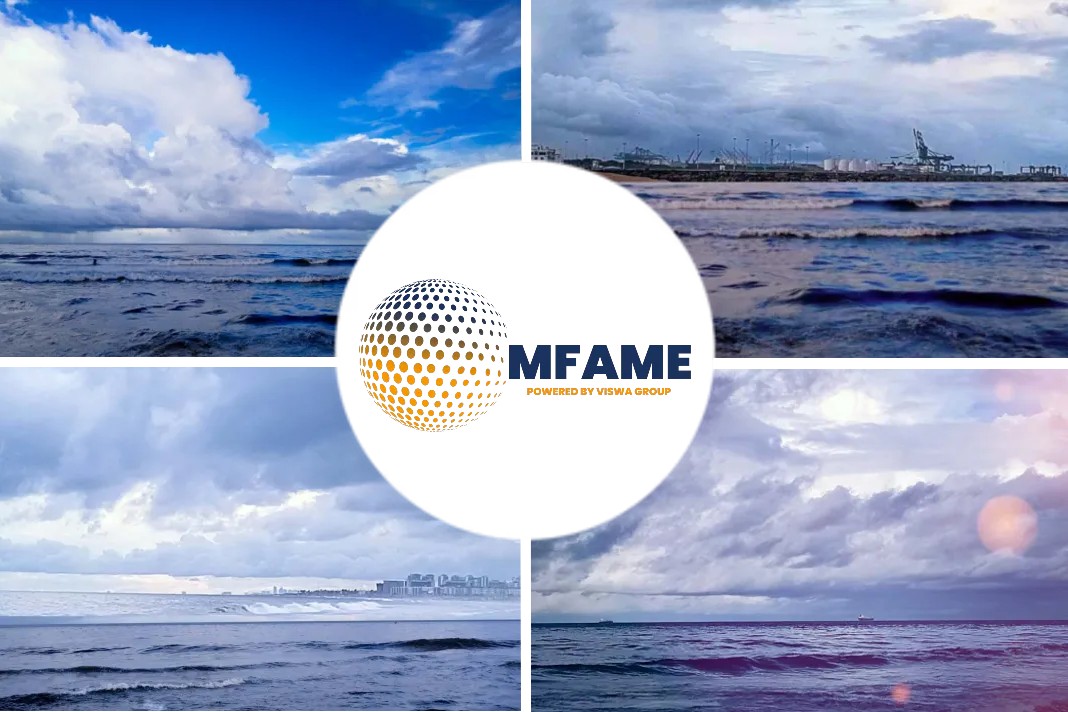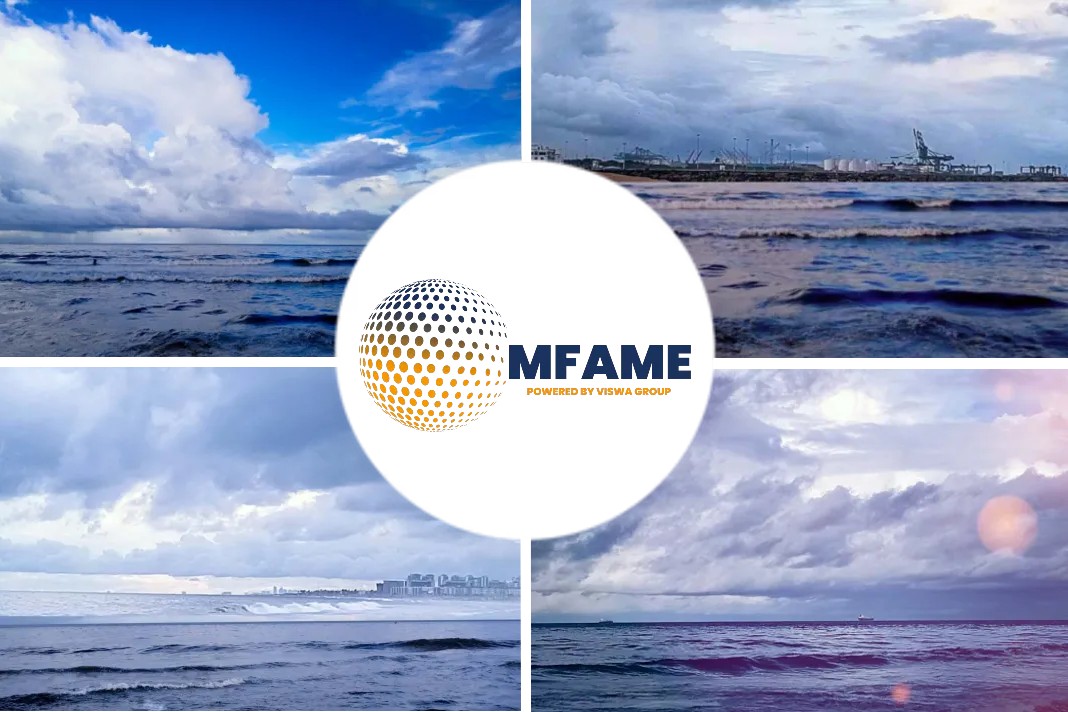- Additive manufacturing drives sustainability in commercial and public transportation.
- Additive manufacturing facilitates rapid innovation and cuts time to market via part count reduction, simplifying parts logistics and reducing inventory levels.
A recent news article published in the Laser World states that additive manufacturing drives sustainability in commercial and public transportation.
Economic sustainability can be disturbed
Since the advent of the COVID-19 pandemic, we’ve quickly learned how easily economic sustainability can be disturbed. Its negative impact on supply chains and the global economy has been so significant that governments are implementing initiatives to reverse the trend, such as President Biden’s Additive Manufacturing Forward (AM Forward) and India’s National Strategy on Additive Manufacturing (AM).
Globally, commercial and passenger transportation such as truck, bus, and rail also fell victim to this trend. These industries are in the midst of a deep slump due to reduced demand, labor shortages, and supply chain delays. Many of these manufacturers have begun to implement customized product configurations to maintain competitive advantage, but their ability to deliver these products has been deeply affected.
When I worked as a program manager at John Deere Mexico, Antonio Garcia, then president of John Deere Argentina, said: “There is no more expensive part than the part that is not available.” He, like many others currently, acknowledged the need to implement more agile product innovation and flexible manufacturing processes to maintain sustainability strategies and ensure business growth in a post-pandemic reality.
The consequences of the deep reduction in cargo movement and passengers’ transit forced commercial freight companies and public transportation operators to park large portions of their assets. They are now in a position to return them to revenue service and are finding themselves in need of qualified maintenance laborers and searching for hard-to-find spare parts. As a result, transportation manufacturers and direct suppliers are re-evaluating their financial strategies to achieve resilient supply chains—placing increasing value on speed and component availability for critical parts, as well as integrating vertical processes and establishing partnerships with regional suppliers located closer to their assembly sites.
Bolstering economic sustainability by enhancing productivity
Additive manufacturing (AM) has demonstrated its value in bolstering economic sustainability by enhancing productivity (see Fig. 1). It can facilitate rapid innovation and accelerate speed to market up to 3X by facilitating part count reduction, simplifying parts logistics, and reducing inventory levels by 90%. This produces myriad benefits, including reduced risk for potential delays and simplified assembly operations that reduce labor. With monolithic parts enabled by AM, product quality improves, which improves reliability. The need for service support and the number of replacement parts are reduced—we’ve seen a 60% reduction for some of our customers. With the need for less inventory on hand, it reduces the need to dispose of discontinued stock parts at the time of product obsolescence.
AM also demonstrates environmental sustainability advantages by enabling the production of parts, manufacturing aids, and tooling that requires less material. It yields lower waste compared to subtractive manufacturing.
Being able to produce parts and production tooling on-demand vs. stocking them on shelves also saves warehouse space while eliminating the need to store costly inventory to support discontinued products.
Because AM provides design freedom to create parts not possible to produce with traditional manufacturing technologies, it offers engineers a path to design for the application vs. designing for the manufacturing capability—enabling them to develop more energy-efficient products (see Fig. 2).
AM has evolved since its inception in the 1980s with the incorporation of many different types of printing technologies (e.g., photopolymers, powder bed fusion, direct metal printing, etc.). We’ve also seen an increase in the number of materials engineered to meet end-use production needs and the integration of advanced software applications that maximize design freedom. AM has become a transformational engineering tool for transportation innovation and a key accelerator in vertical integration strategies with a much simpler interface for ease of adoption. It is much more than just a way to characterize a production method—additive vs. subtractive—and enables a different paradigm with unique business benefits.
Production parts without tooling
AM is a process that inherently eliminates a major artifact in the production process—the tooling (see Fig. 3). The ability to directly produce a component from its digital representation not only makes the process more efficient, but allows for the decentralization of the business model, quick adaption, and delivery for the customer experience, as well as achieving this with less manufacturing overhead and waste.
Digital inventory management
Thanks to the fast growth of digital encryption and intellectual property (IP) protection technologies like digital right management (DRM) or blockchain systems, protecting 3D models and 3D printing parameters is a reality that marries with AM technology (see Fig. 4). Design owners can now distribute digital information globally, control how many physical parts will be produced, and guarantee quality, while remote users or manufacturers can print them on demand without needing to ship, insure, store, or maintain inventory.
Rapid production tooling
Compared to the auto industry, commercial and public transportation require much larger parts. And while AM technology is growing in productivity and build sizes, some critical parts still cannot be produced using existing AM printers. Many parts, such as large metal castings, external body parts, and large interior panels, cannot be produced as efficiently as desired for end-use consumption and need to be manufactured conventionally. In these cases, AM is the perfect solution to create rapid low- to mid-volume molds and casting patterns, either sacrificial or reusable, with the advantage of maintaining them as digital inventory tools and eliminating the need for environmentally controlled storage spaces for years (see Fig. 5).
Shifting transportation innovation into full throttle with AM
Companies with a solid long-term vision for sustainability endeavor to operate in a way that fosters economic growth, solves social challenges, and helps the planet by using renewable resources and eliminating waste.
Leading transportation manufacturers and direct suppliers are re-evaluating their financial strategies to achieve resilient supply chains—placing increasing value on speed and component availability for critical parts. Many are realizing success by incorporating AM into their production workflows.
For those considering this journey, understanding initial capital investment levels, the right technology that aligns with the business need, and requirements for technical training can all seem daunting. This is where engaging a strategic partner can help you receive technical assistance and end-to-end solutions to not only help execute the adoption of AM, but also realize maximum benefits for your business. With the right partner and solution, there is a tremendous opportunity for manufacturers and suppliers of all sizes to accelerate both their innovation and competitive position through the power of AM.
Did you subscribe to our daily Newsletter?
It’s Free! Click here to Subscribe
Source: Freight Waves























Now the purchase of commercial real estate is a highly profitable asset that can provide a businessman with a stable profit. The main thing is to understand in more detail the features, there is an excellent article on this topic here https://adamfayed.com/why-invest-in-commercial-real-estate/